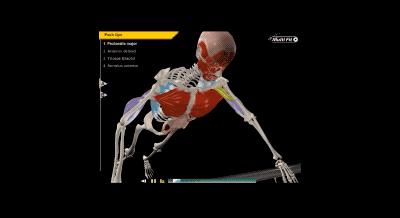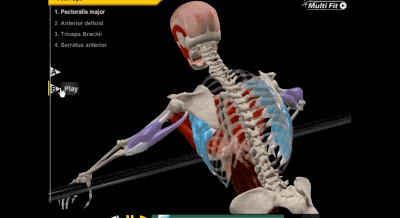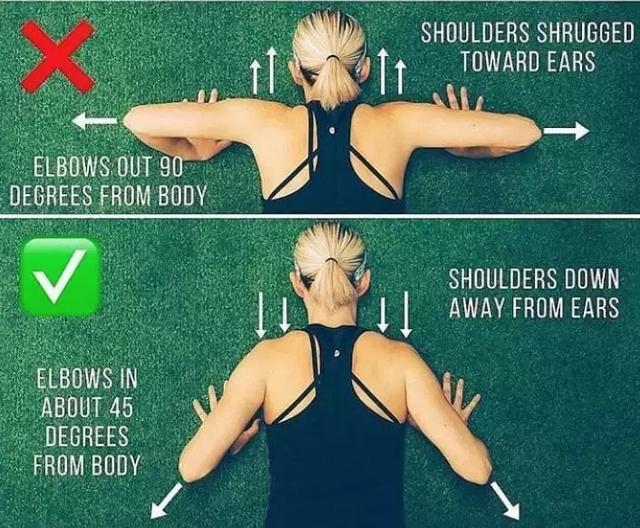Practicing the pectoral muscles at a wide distance can make the chest bigger, and practicing the triceps at a narrow distance can make the arms thicker. This is a common saying about push-ups.
But for a novice, hearing a lot of muscle names every day is a headache. The biceps and triceps are okay. If a trapezius, rhomboid, or erector spinae suddenly comes in, who knows what it is? Where are they and what do they look like?
The following two animations are used to demonstrate how many muscles can be trained in one push-up and where are they in the body.
1. Muscle type
There are three types of muscles in our body: smooth muscle, cardiac muscle, and skeletal muscle.
Smooth muscle: exists in the respiratory tract, gastrointestinal tract and other parts, not controlled by the brain
Myocardium: exists in the heart and is not controlled by the brain
Skeletal muscle: Various actions can be completed by contracting the bones to move, and the contraction time and amplitude can be controlled by the individual's consciousness
All kinds of muscles mentioned in fitness refer to skeletal muscles. Normally, there are about 650 skeletal muscles in a person.
2. Muscles used in push-ups
From the front, the main muscles used for push-ups are:
The pectoralis major of the chest (red)
Deltoid muscle of shoulder (yellow)
Triceps of the arm (purple)

From the back, the main muscles used are:
Triceps (purple)
Serratus anterior (blue)

Therefore, to complete a push-up action, you can mainly train 4 muscles, all located in the chest, shoulders, and upper arms.
If the palm position and spacing change, the degree of participation of each muscle will also change accordingly.
The wider the distance between the hands, the greater the involvement of the biceps
The narrower the distance between the hands, the greater the involvement of the triceps and deltoid muscles
In addition, these are the main muscles involved, and other muscle groups will also have a certain degree of participation. For example, core tightening definitely requires abdominal muscles to exert strength, but it is not the dominant one.
After reading these, everyone should be able to understand why push-ups are a classic exercise in fitness.
3. Standards for push-ups
One principle: put your hands on your sides, not open outwards.





 Account not verified
Account not verified